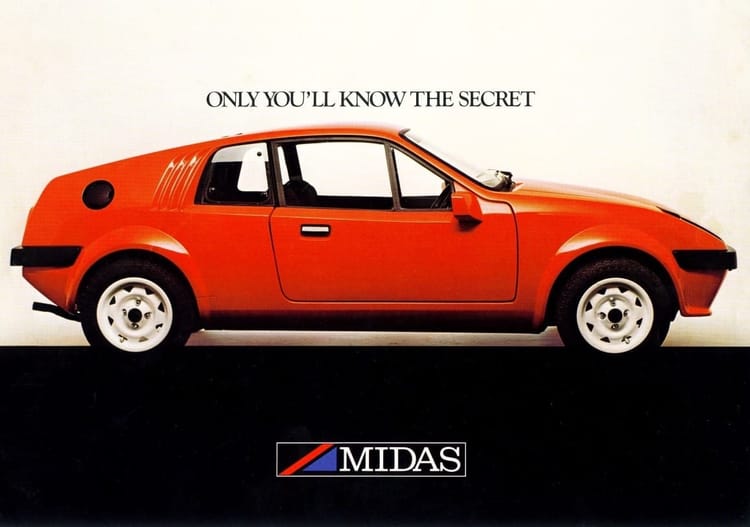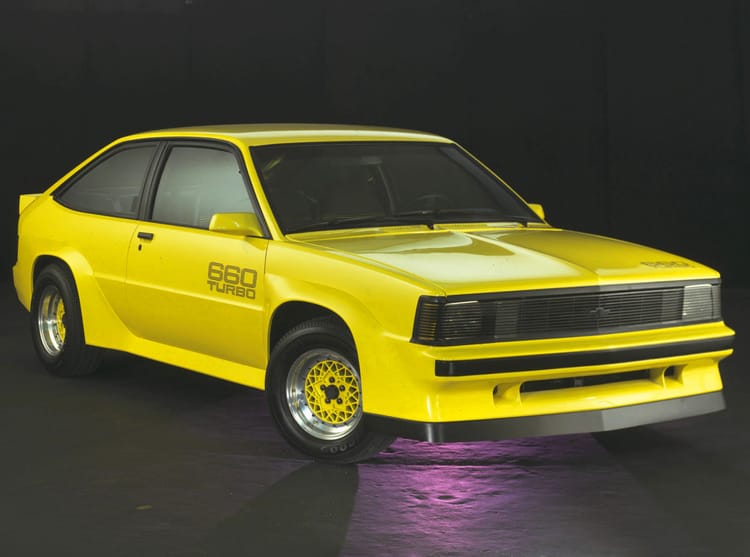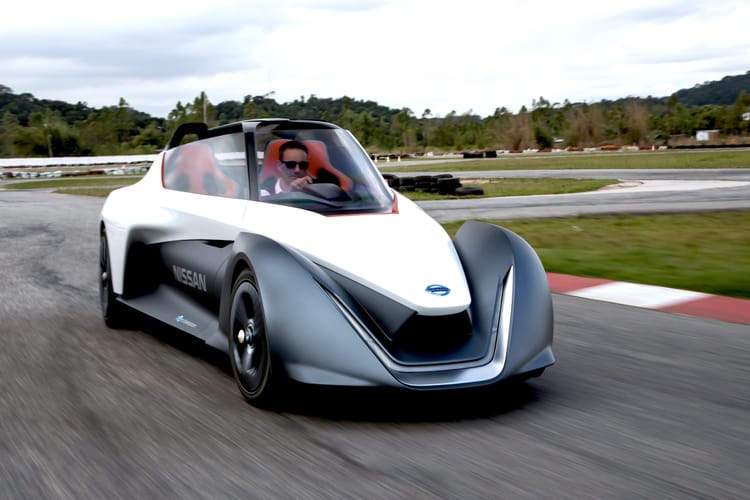Audi urban concept
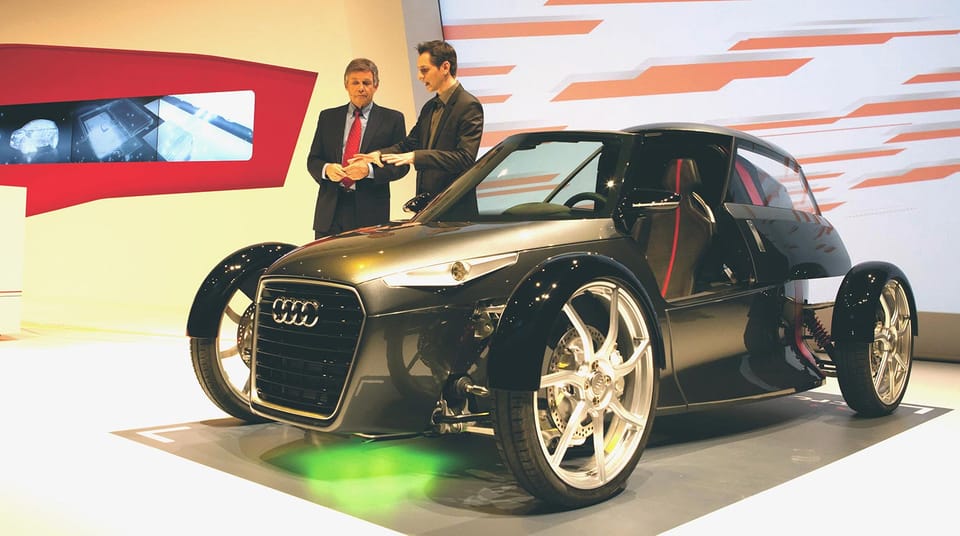
Have you heard of the motorsport called Crosskart?
The name is applied to a range of similarly-equipped, (often homebuilt) buggies that form the bedrock of off-road racing classes in Nordic countries and increasingly across other parts of the world, including North America.
Like how the concept of go-karts were invented in Los Angeles, California by Art Ingels in 1956 but the sport itself grew rapidly, spawning dozens of manufacturers and changing entry-level motorsports forever…but with spicy off-road buggies.
With Crosskart, there was also an inventor, Erland Andersson, who built the first versions under the EAS banner, setting the hills of Sweden alive with the sounds of motorcycle-engined (as small as 85cc!), long travel suspension buggies, doing wheel-to-wheel battle, as early as the mid-’80s.
Inadvertently, little more than a decade ago, Audi nearly began producing a small run of EVs that (to my eyes) look like the “downtown” version of a Crosskart — but with the refinement and clever engineering that differentiated Audi at the time.
The urban concept: What went wrong?
With Person On The Street logic, where do my groceries go? Where does the car seat go? What happens when a much larger vehicle runs a red light? Can I take it on the highway?
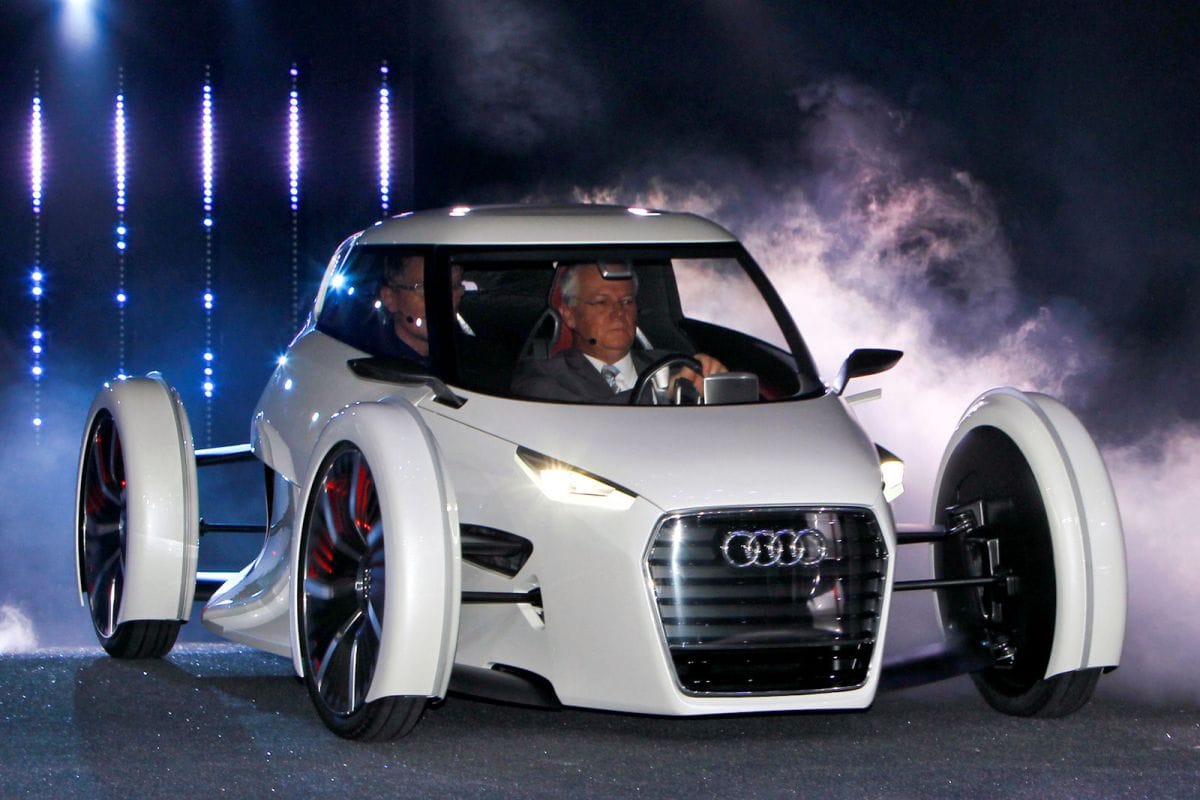
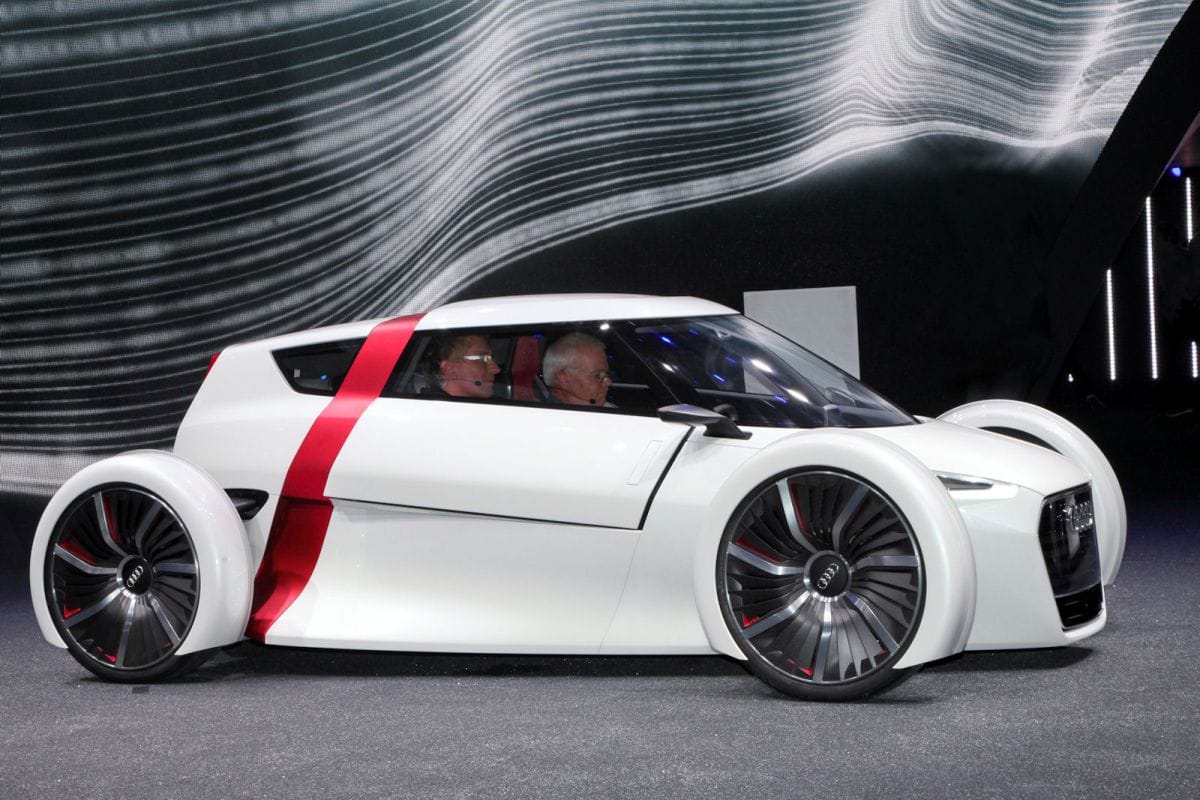
Audi urban concept and urban concept Spyder in 2011 • via Audi
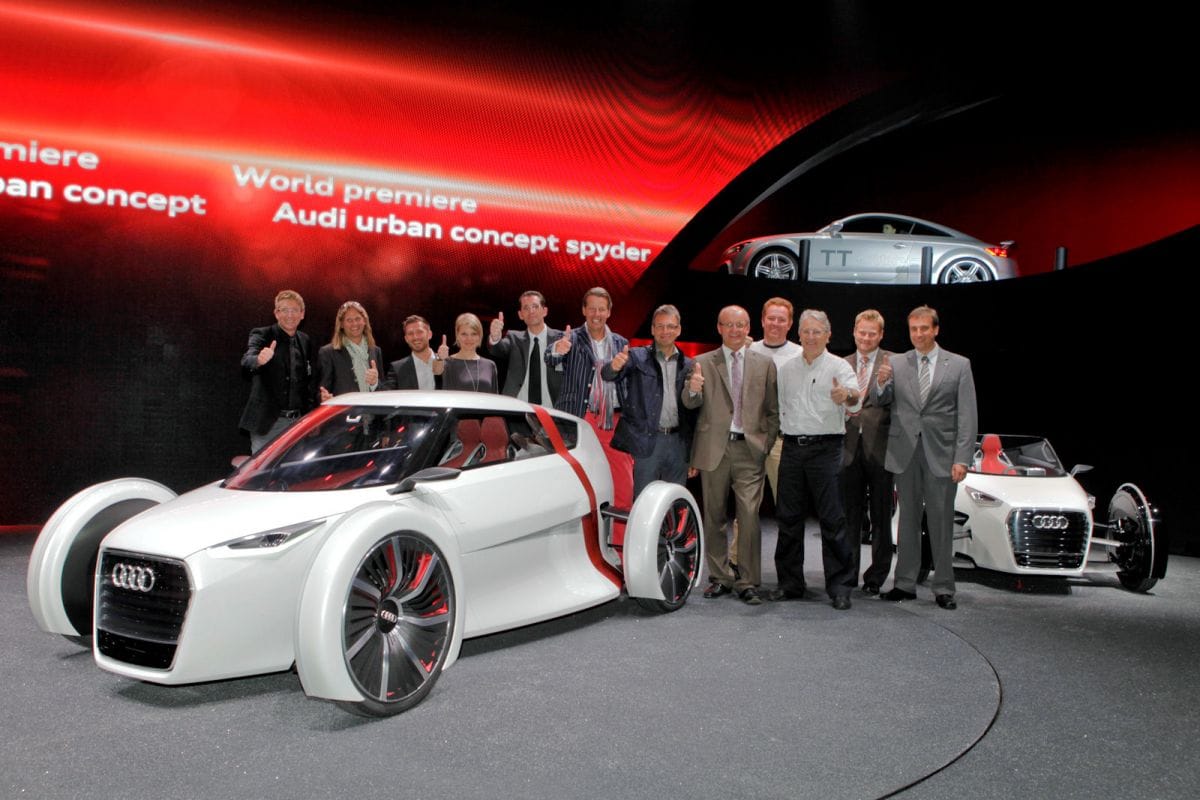
If you’re unable to AAM — Ask Audi Management — I will simply blame it on the rise of Tesla.
Between the Audi urban concept’s debut and its expected limited production of 999 units sometime in 2012, Audi would have watched the American-nothing-of-a-carmaker Tesla go from virtually zero-to-oh shit this makes our A6 look pretty silly.
Even as demand ramped up for this early crop of luxury electric sedans, the problem at the Audi board level seemed obvious: without profit and image-generating electric cars, Audi risked handing its hard-earned share of the luxury market to Tesla’s Model S — or worse, the Fisker Karma?
It was a strange time. You had to have been there.
At the same time, Audi’s sales in China of its tradition-leaning ICE lineup went from 204,067 in 2010 to 425,689 in 2014.
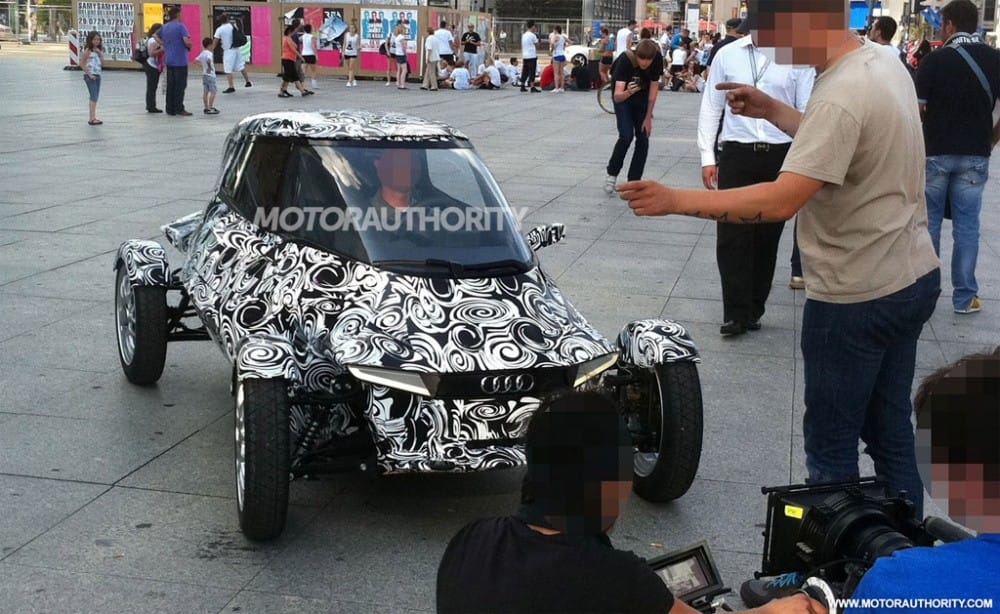
I promise you: none of those Audi buyers were thinking, “Gee, I want to work all day and then be stuck in traffic inside an open-wheeled egg, with my eyes perpetually at crotch level” — as this was also the era of China’s famously terrible gridlock; the 12-day China National Highway 110 traffic jam occurred in 2010.
(I bet that some of those kids raised in that stop-and-go lifestyle now work on battery-electric Chinese cars that could easily handle those same conditions in comfort.)
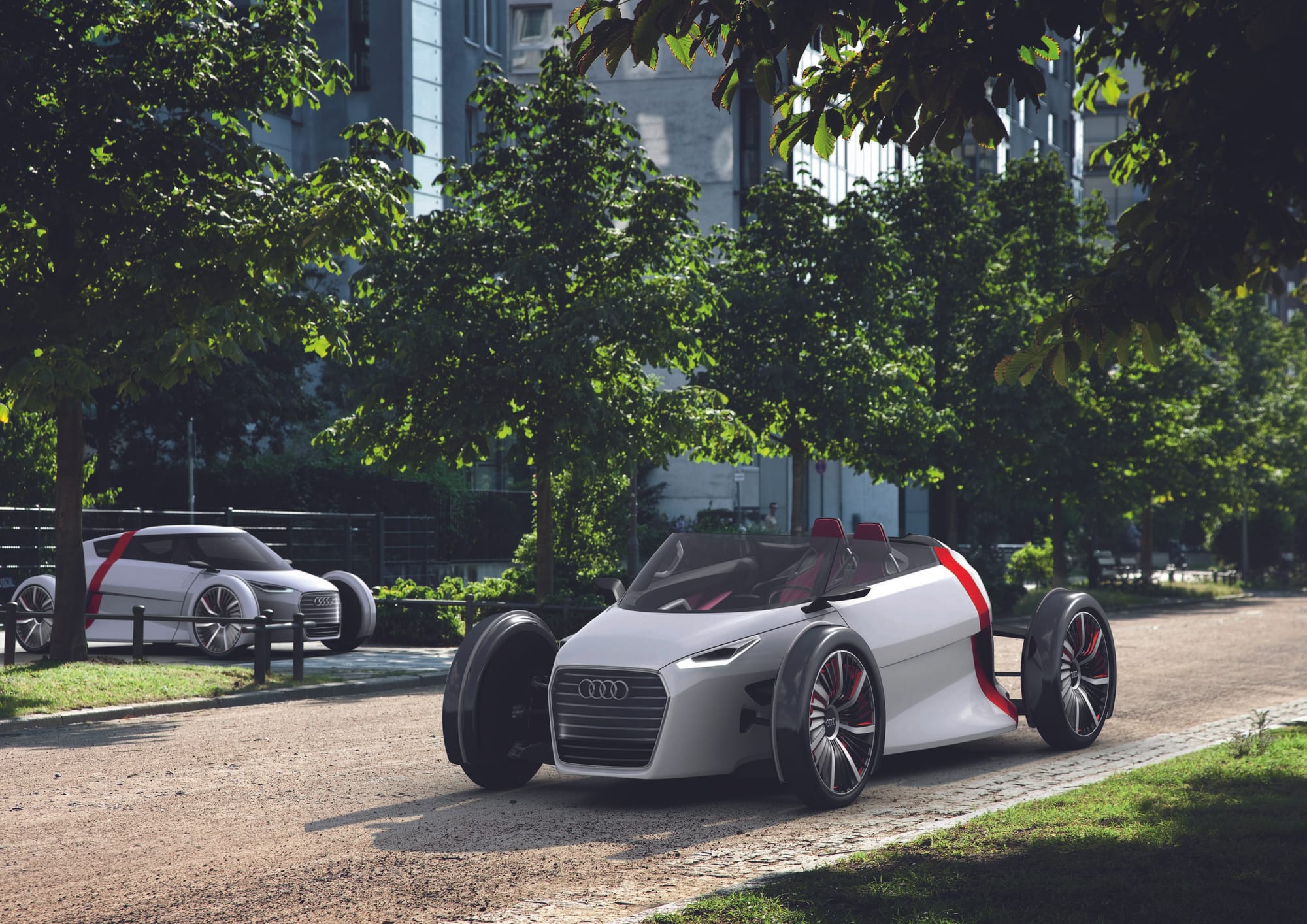
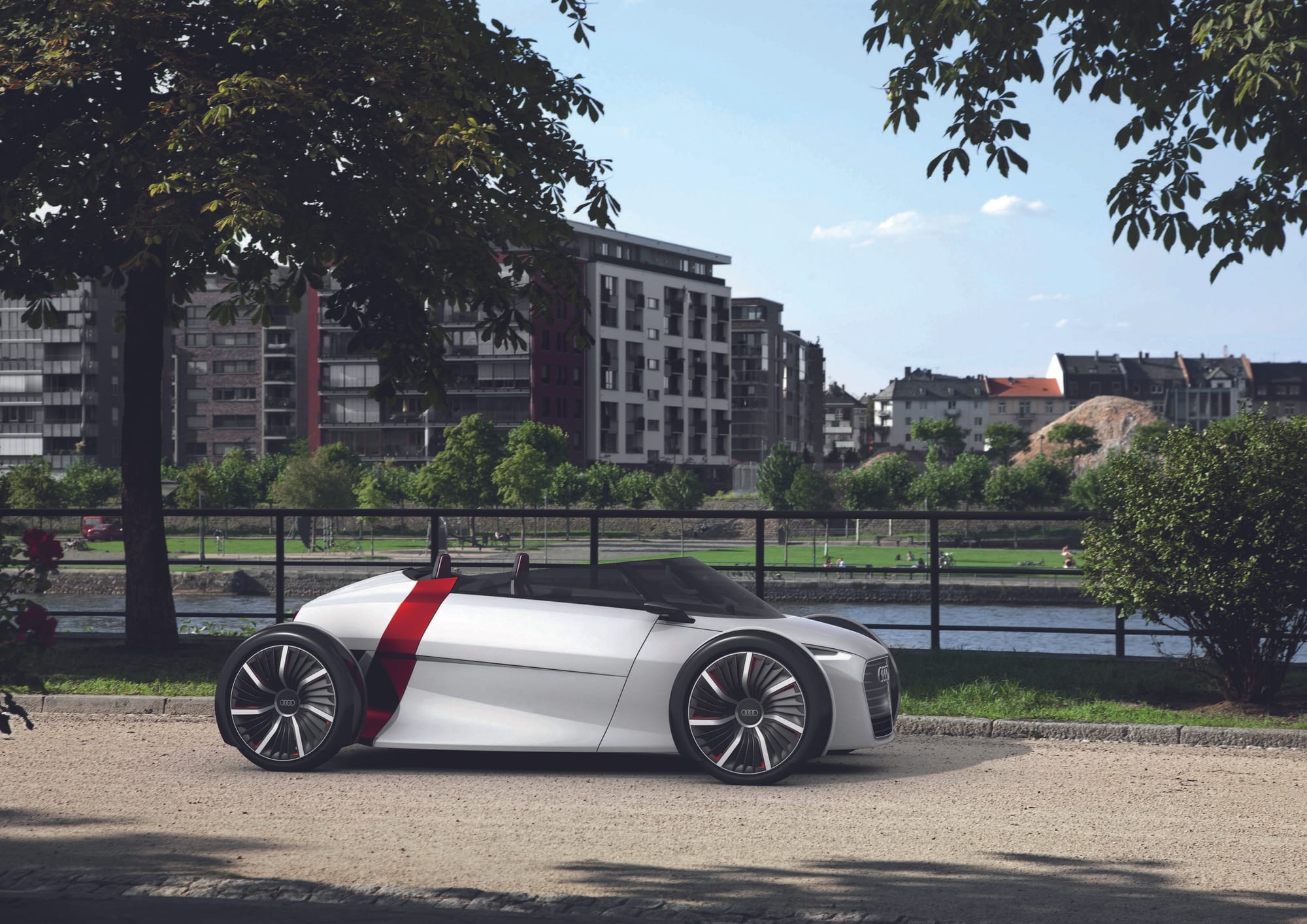
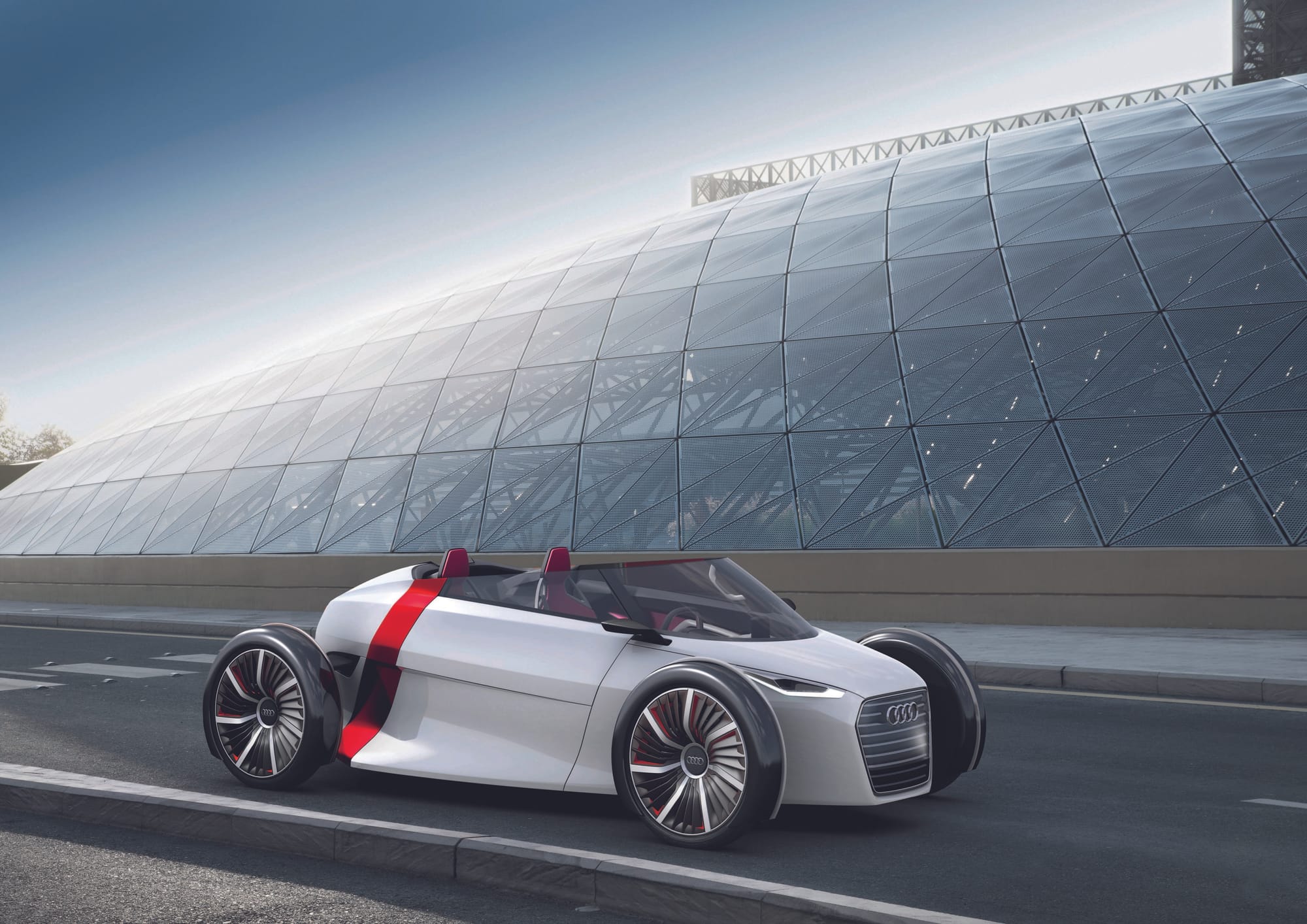
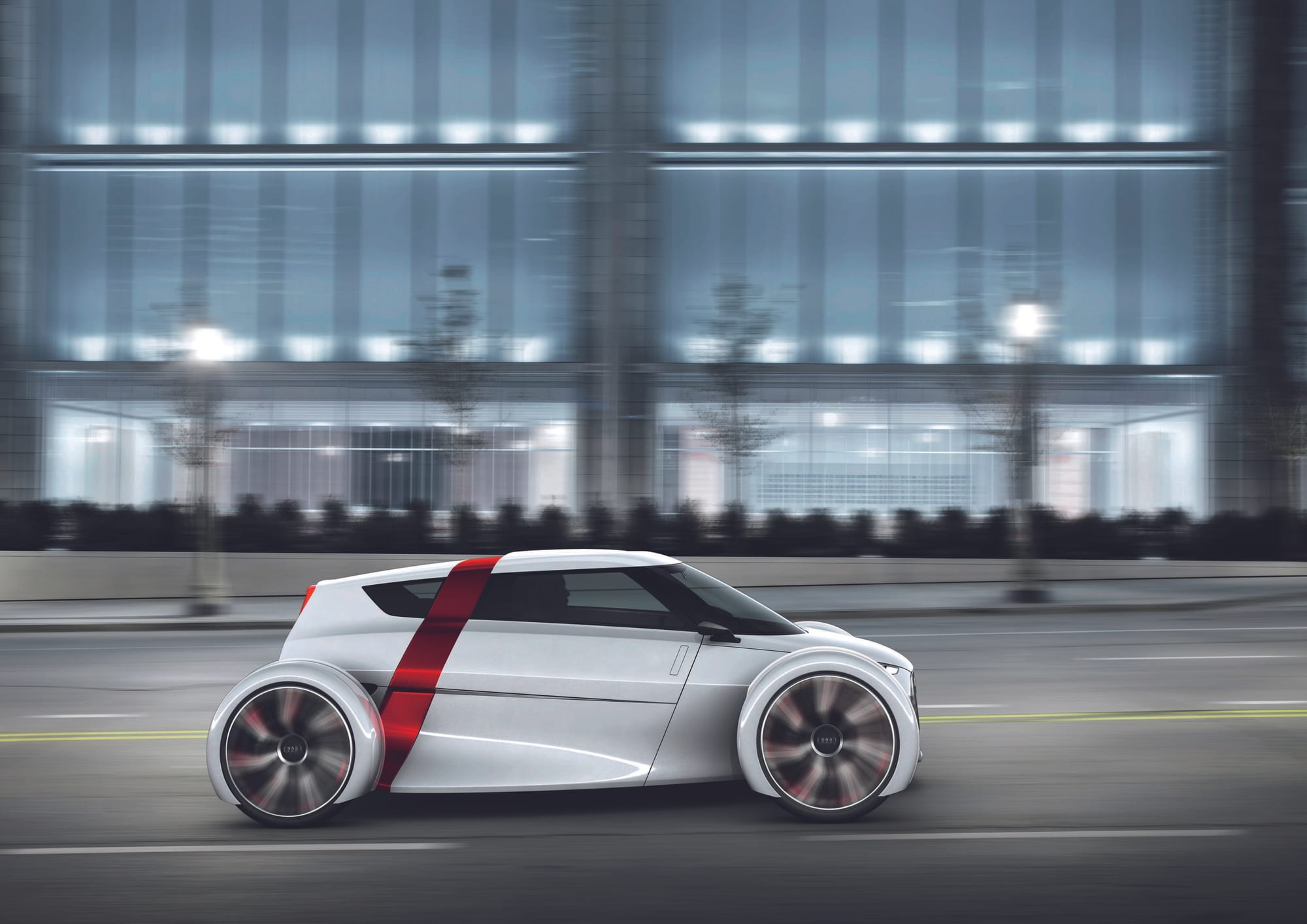
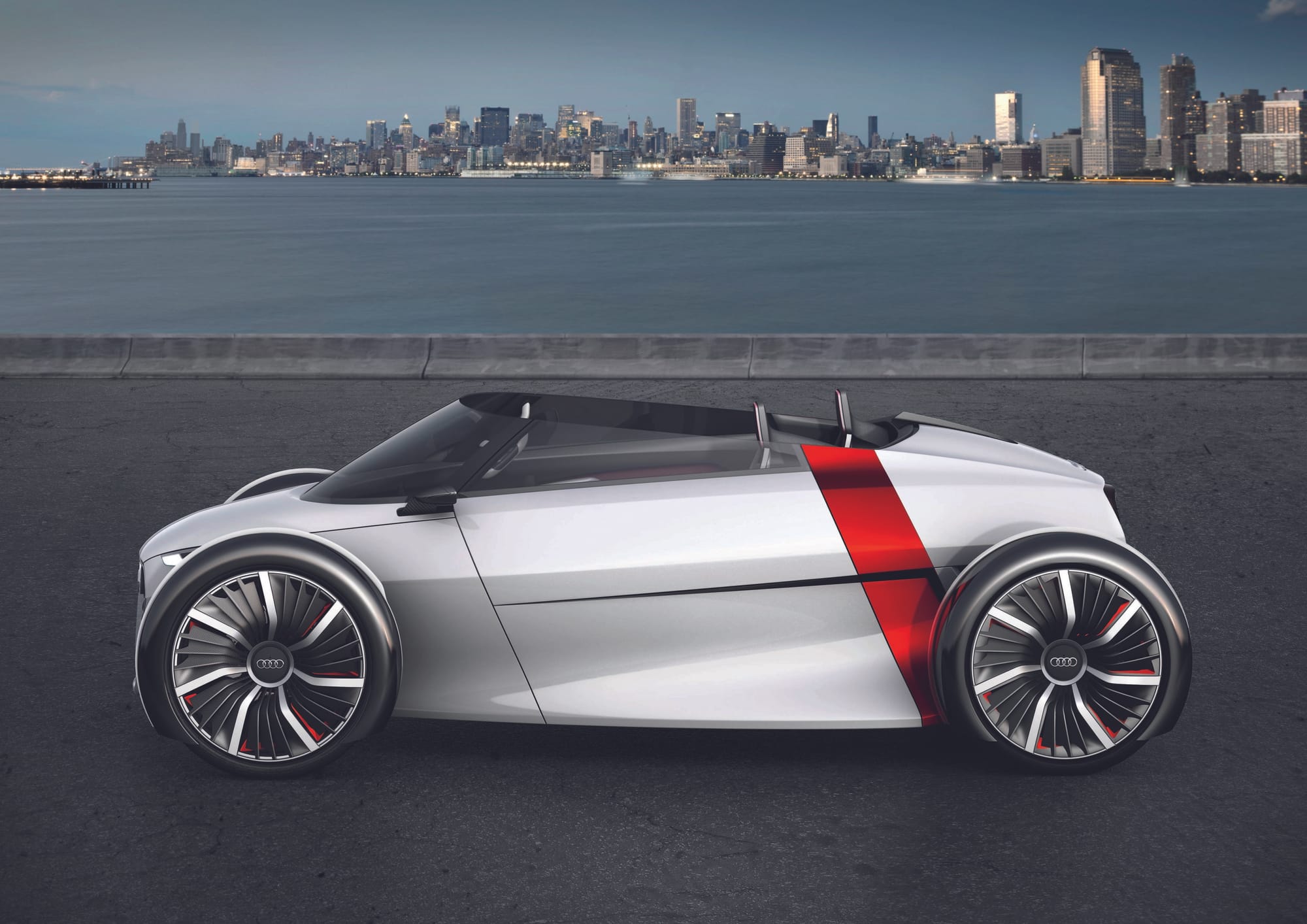
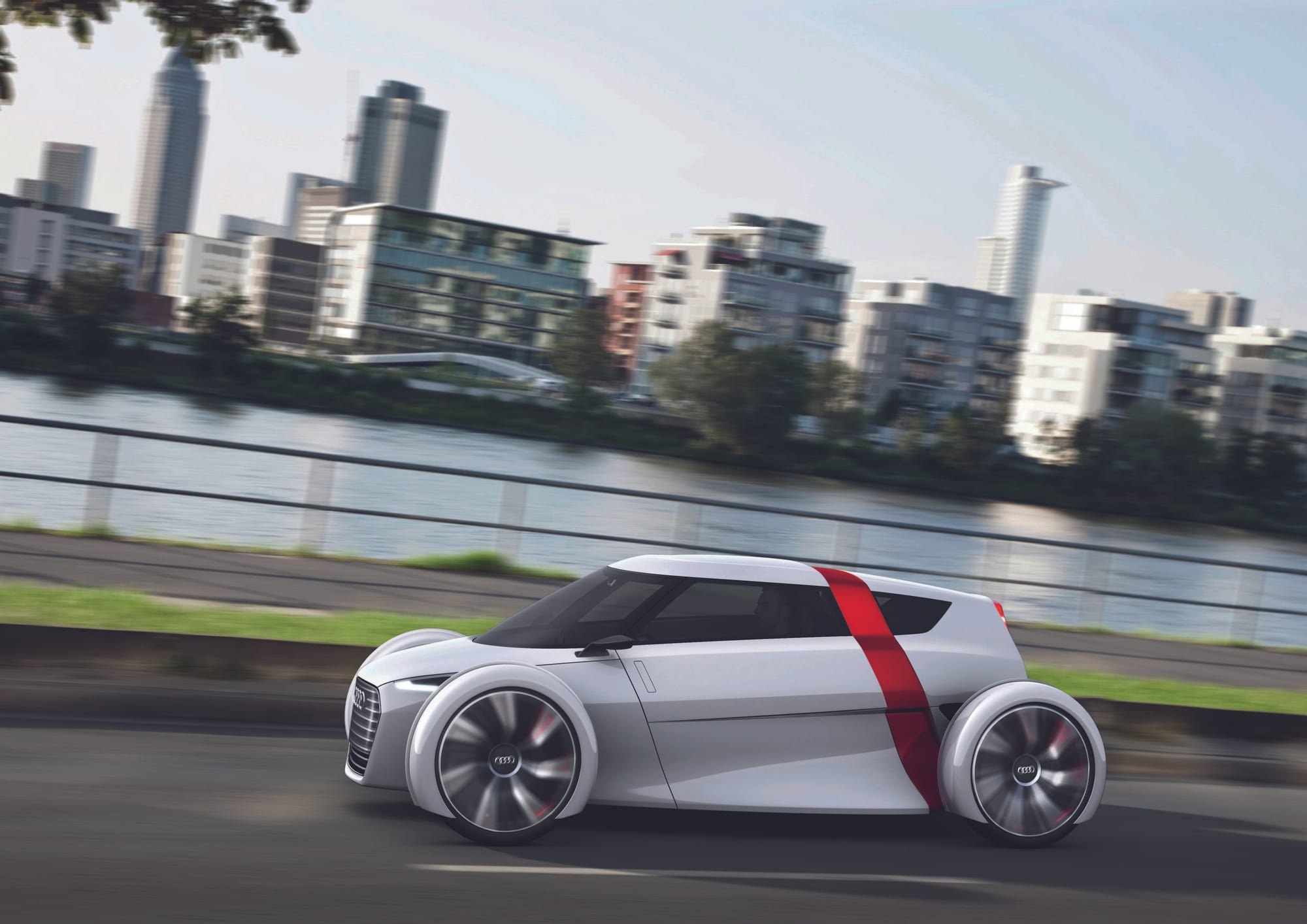
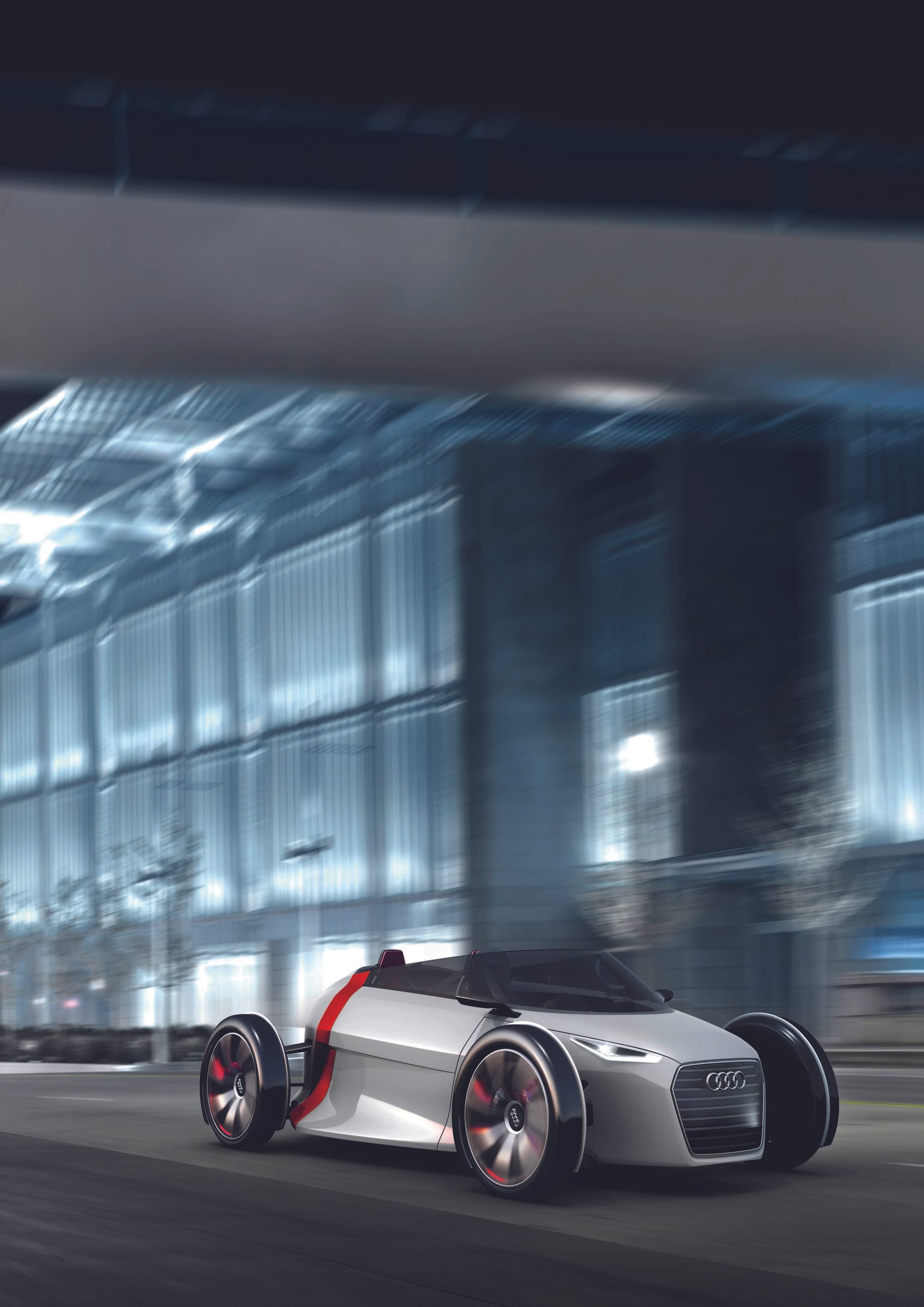
In a show of German exuberance, the concept was offered in both coupe and Spyder versions • via Audi
Die, Audi urban concept — there are battery-electric sedans and SUVs to build. And so by 2019, Audi had invented the E-Tron SUV, offered brand new with less range than many used Teslas of the time.
(Which Audi would have known, since Bjørn Nyland had been present at a training session with Audi staff examining a pair of Tesla Model X crossovers…and a Jaguar I-Pace.
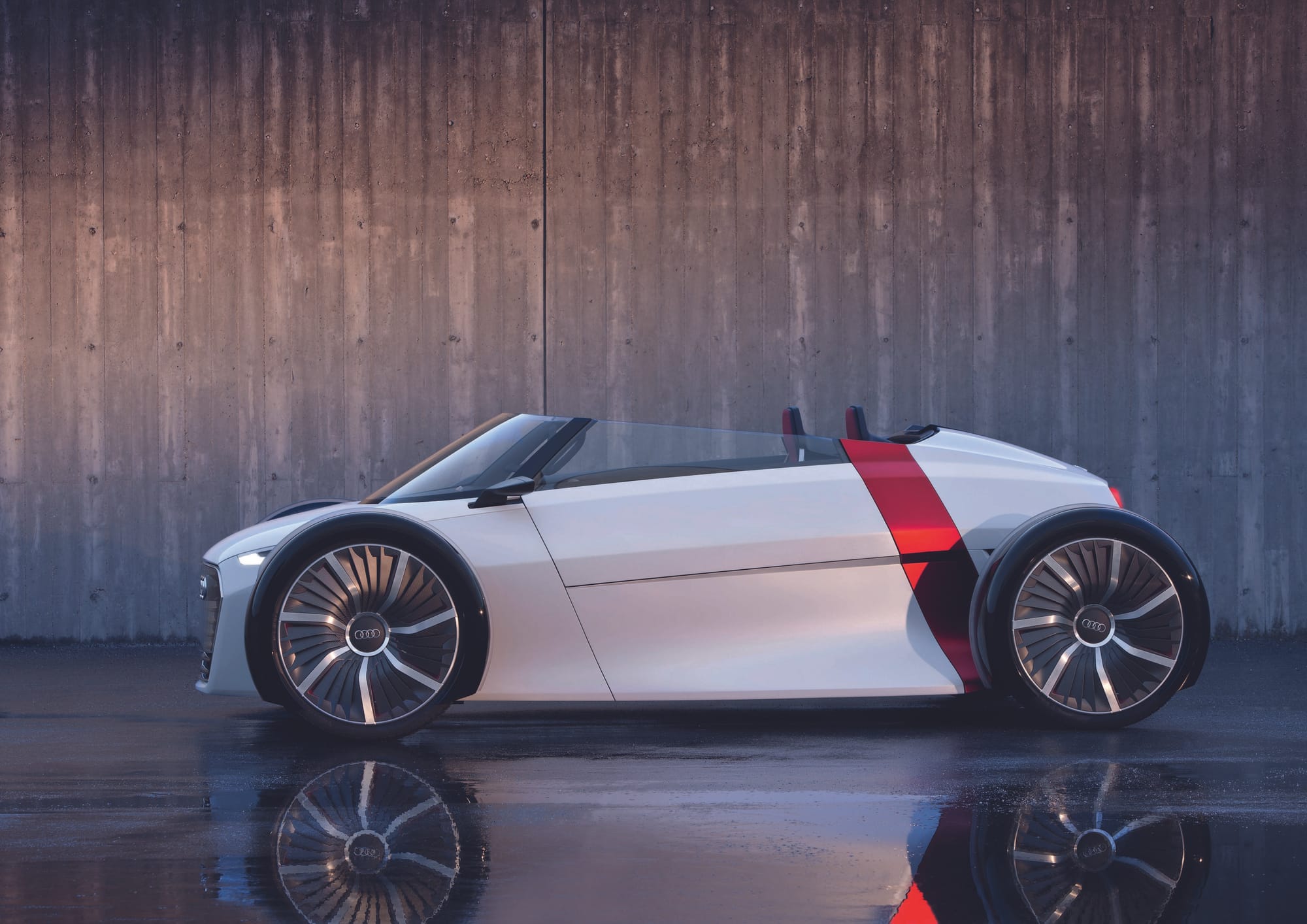
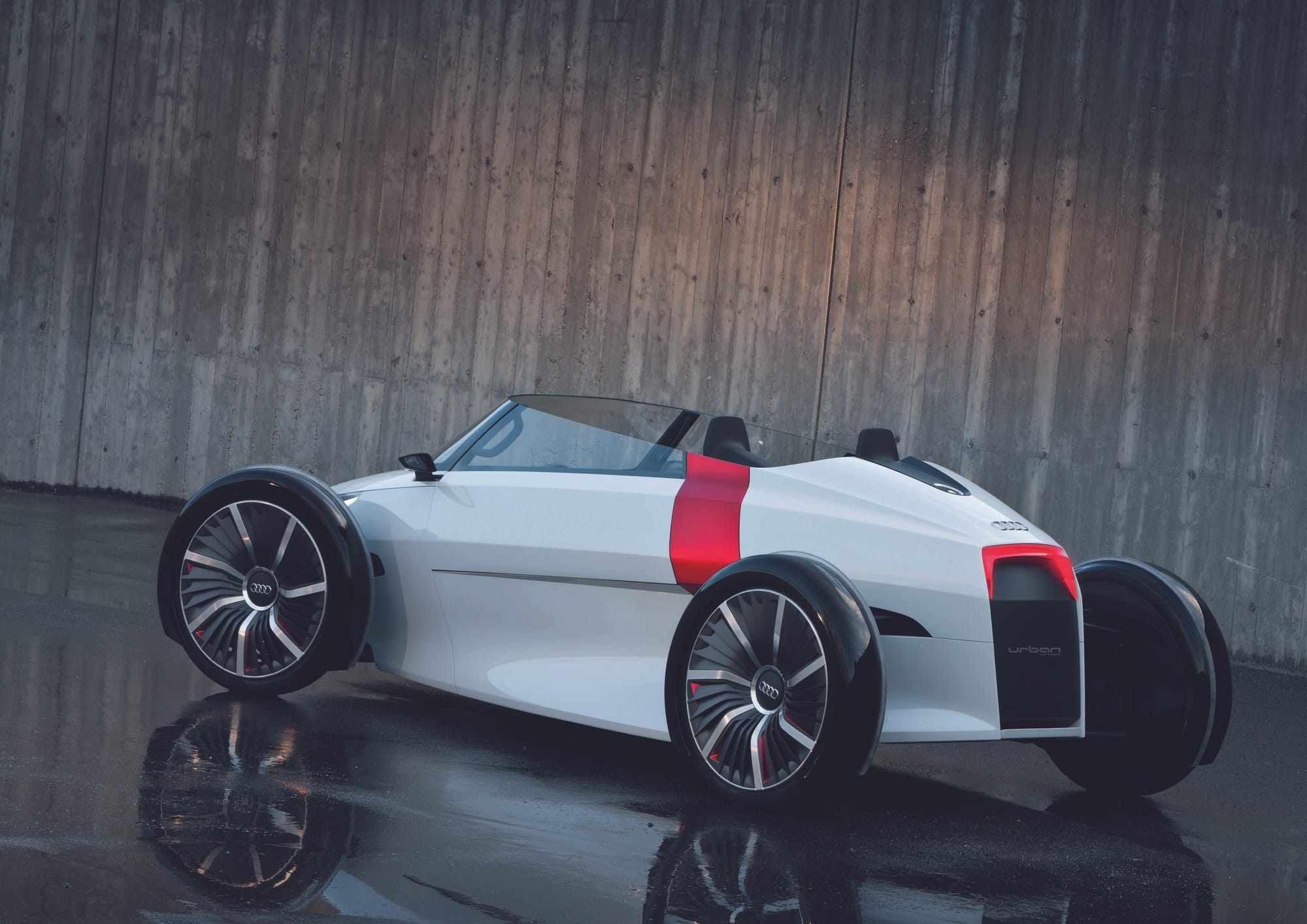
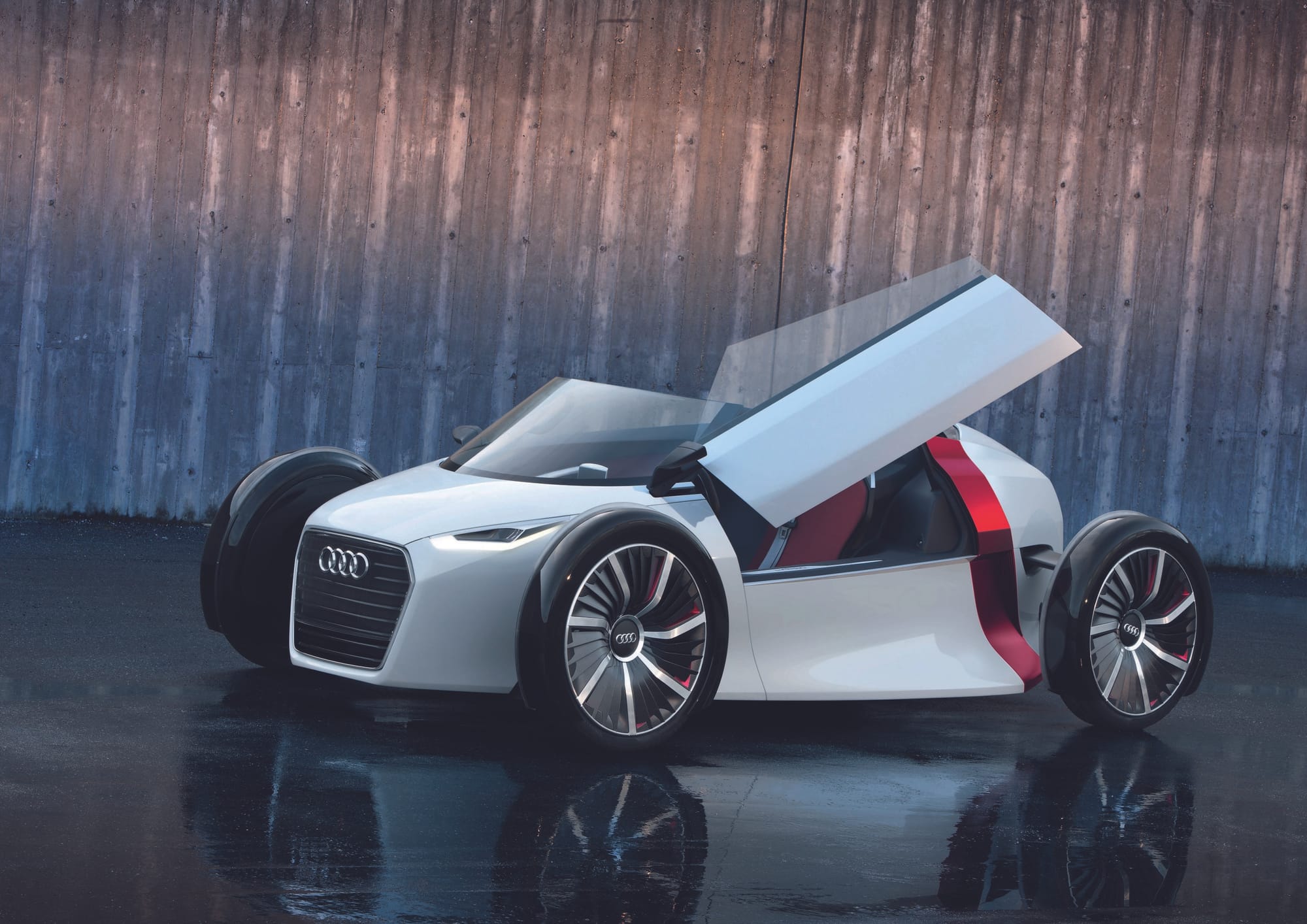
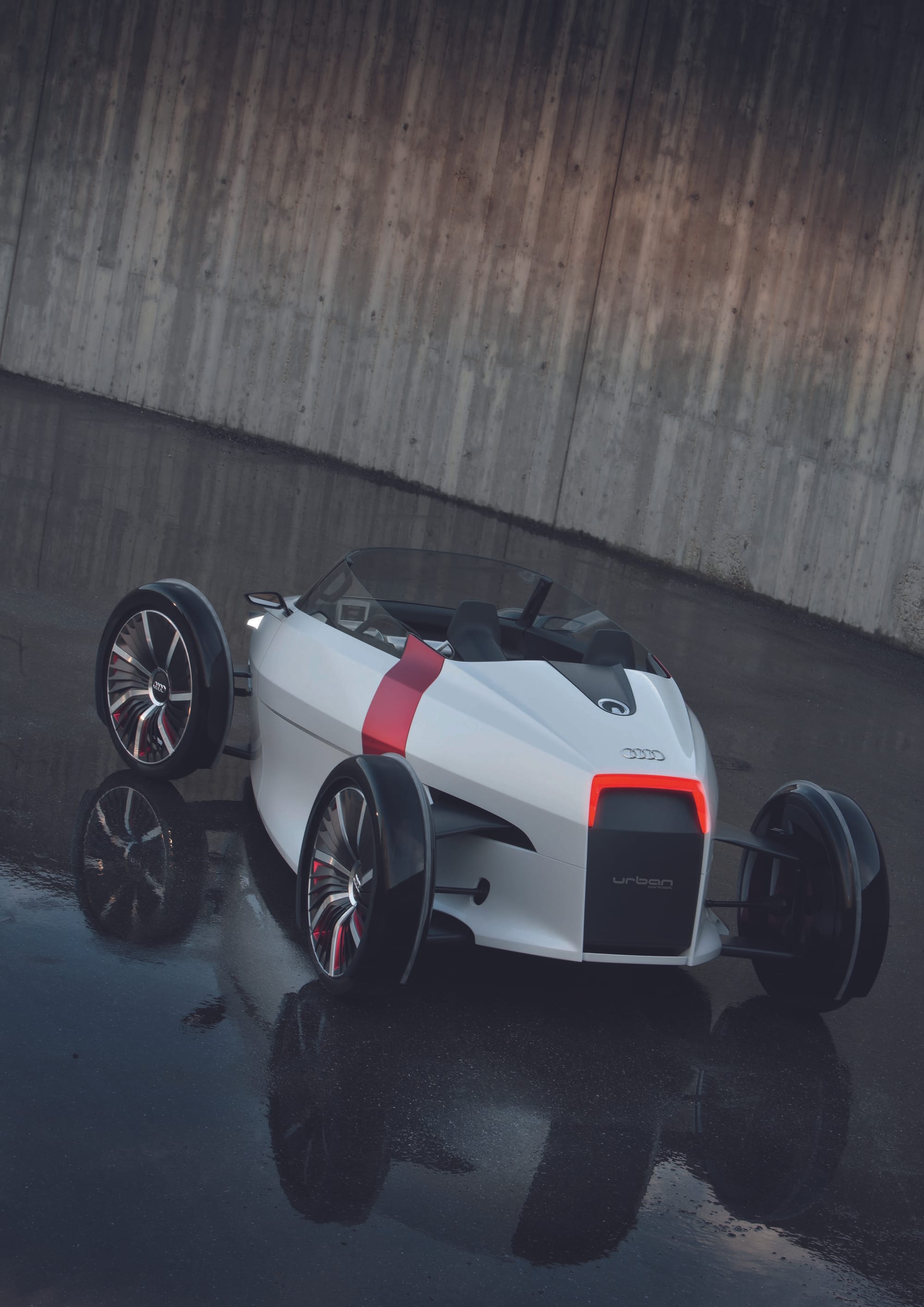
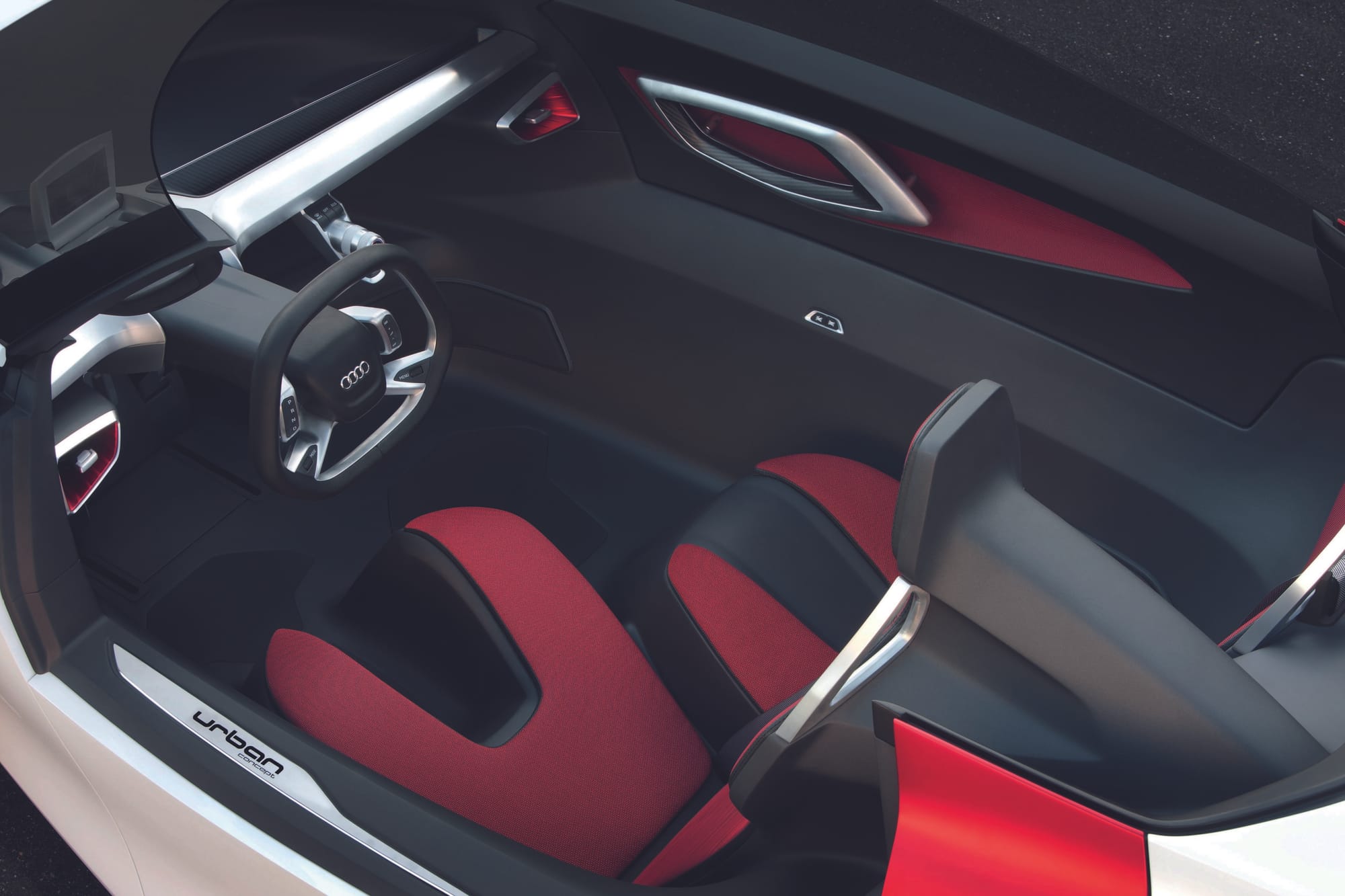
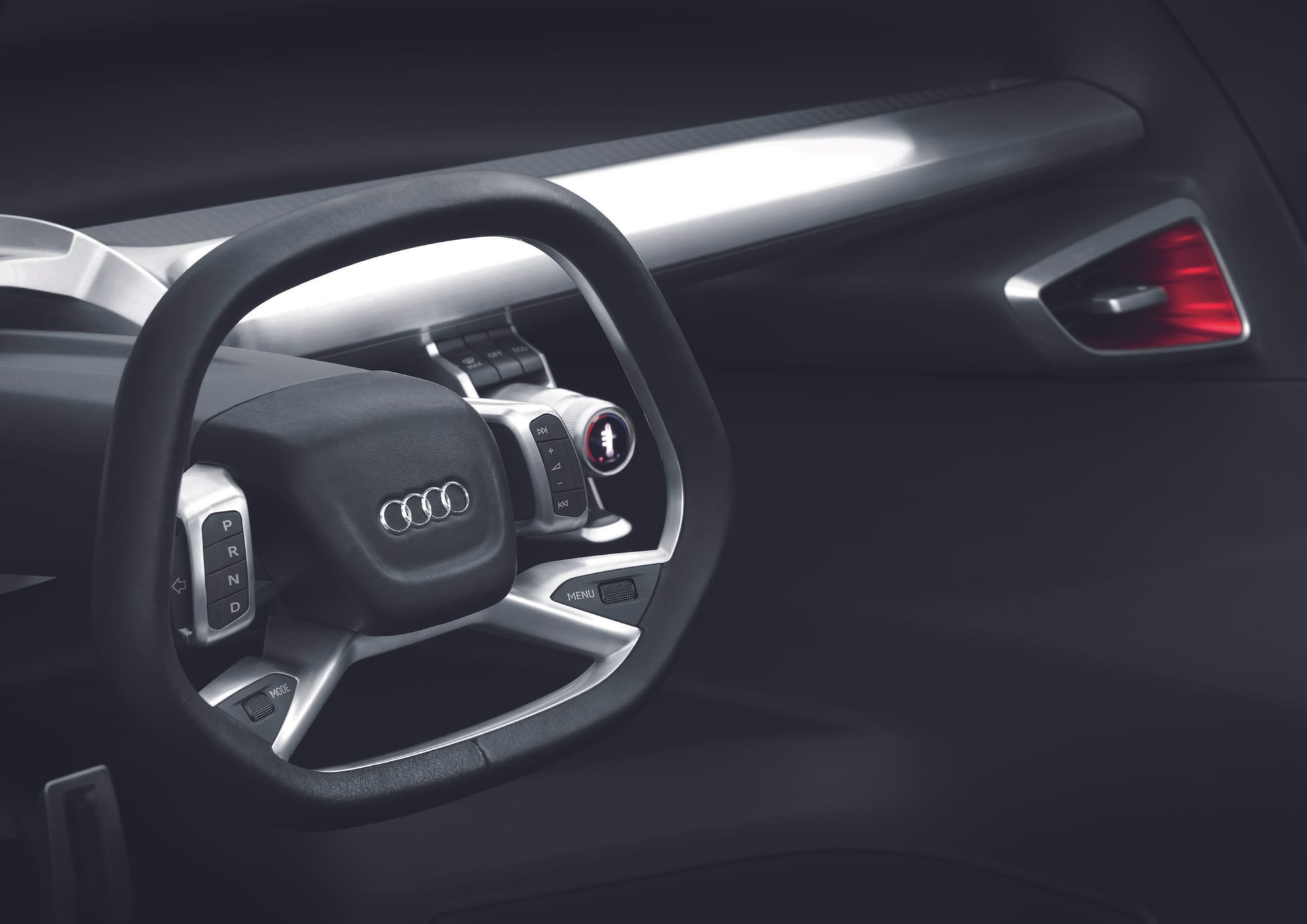
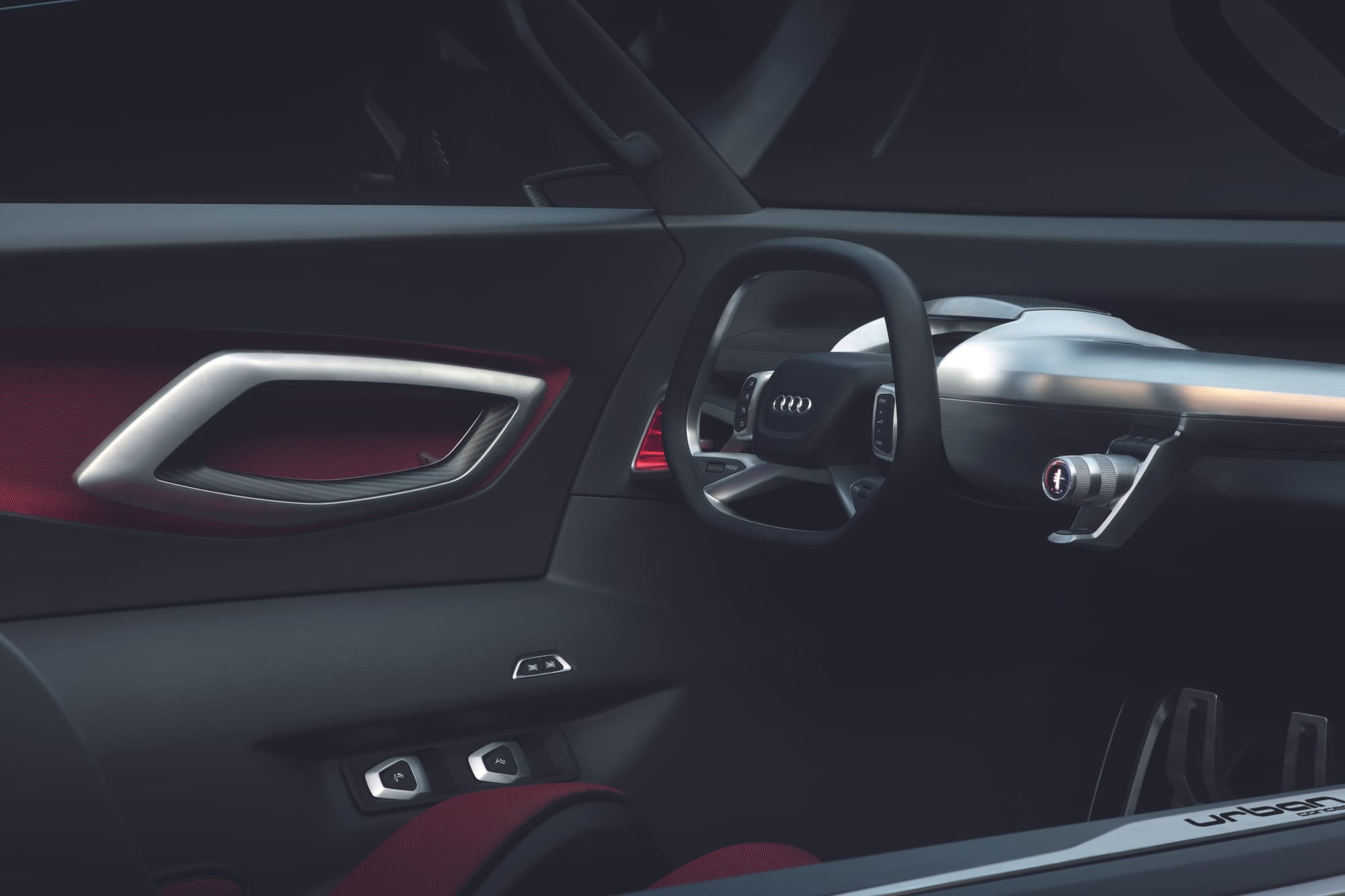
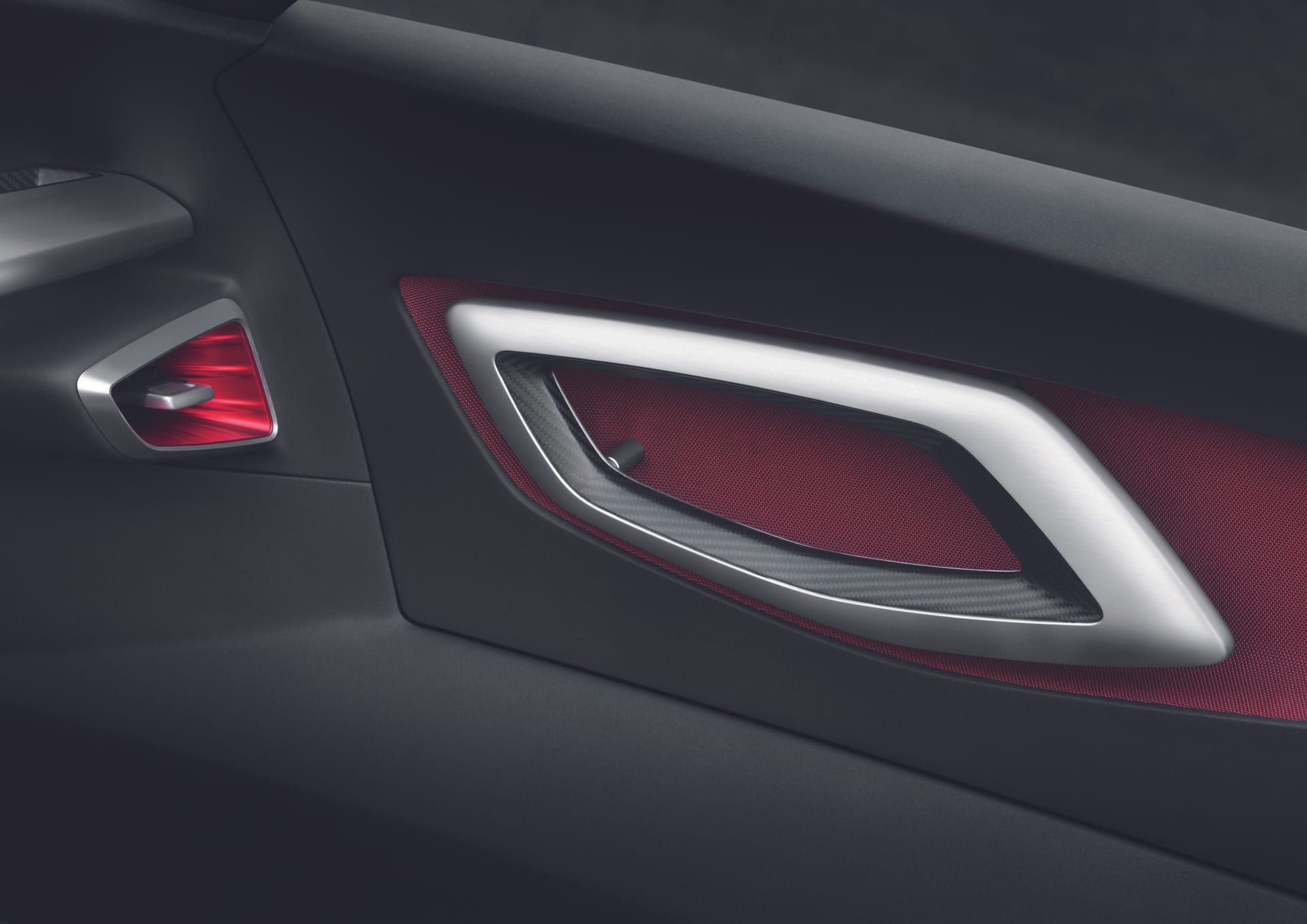
Audi was at Le Mans! Audi was in rally! Audi wanted to do electric cars! Audi is German, and so was the similarly-styled Messerschmitt KR200, one of the most characterful microcars ever!
Modified urban concepts would have been so cool!
Ride with twostroketurbo in his Messerschmitt KR200
With Car Guy logic, this is a terrible injustice to the entire automotive hobby and a huge missed opportunity to pioneer an entirely new class of affordable, efficient electric vehicles — the Urban Crosskart.
With Person On The Street logic, where do my groceries go? Where does the car seat go? What happens when a much larger vehicle runs a red light? Can I take it on the highway?
Pretending I’m an Audi salesperson, instead of answering those queries, I now gesture toward this beautiful blue e-Tron SUV, available today with $0 down and payments at less than $400/mo. “This one is faster, larger, costs less, has more features, and has a rear camera…oh, and driver alert systems, and voice controls…”
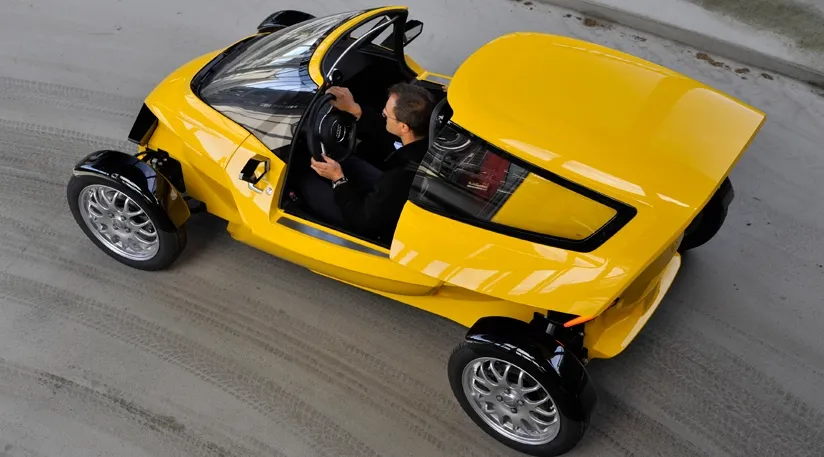
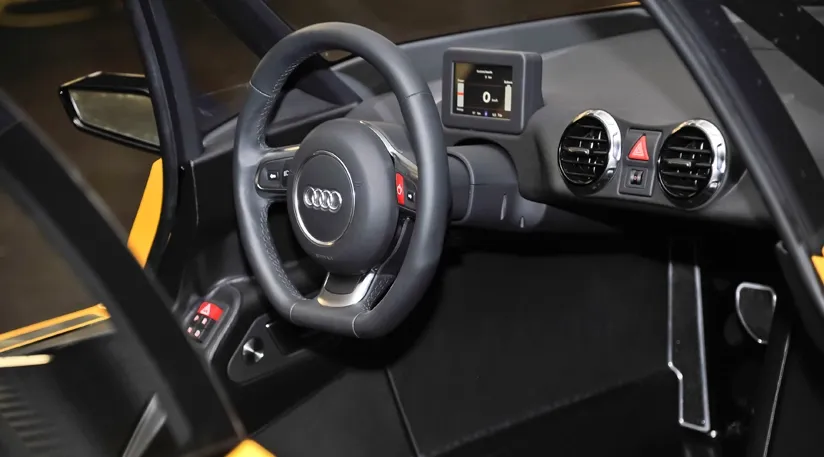
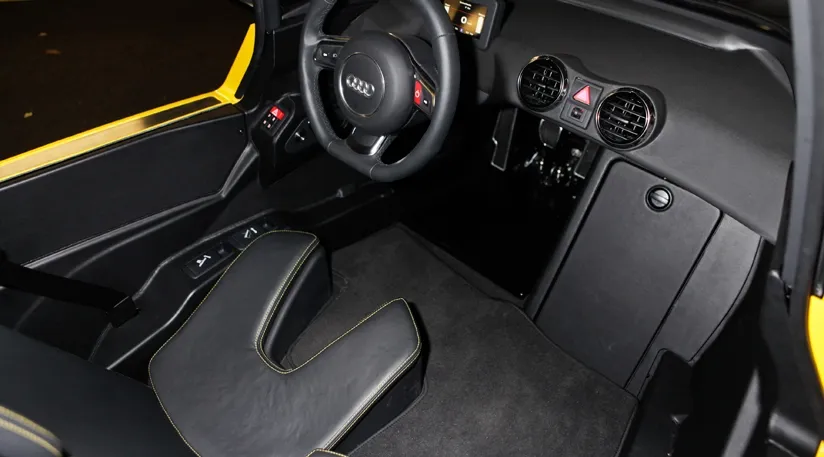
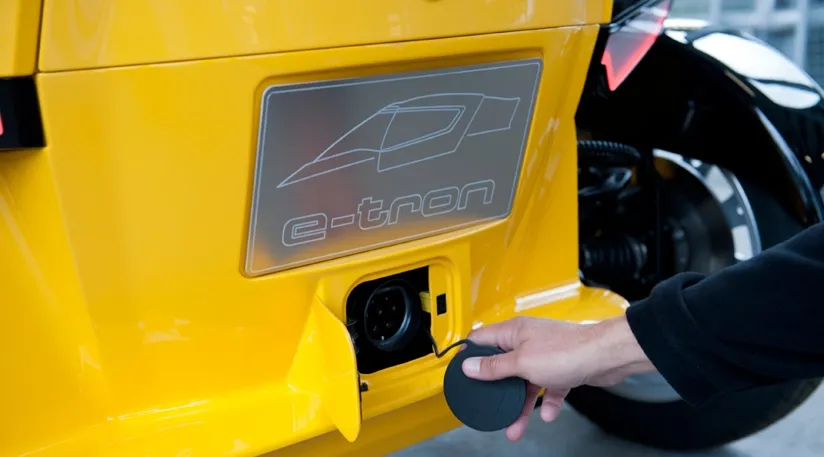
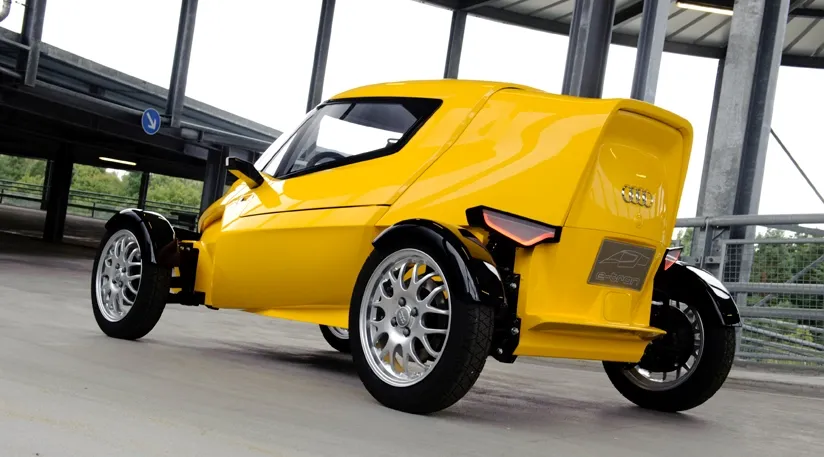
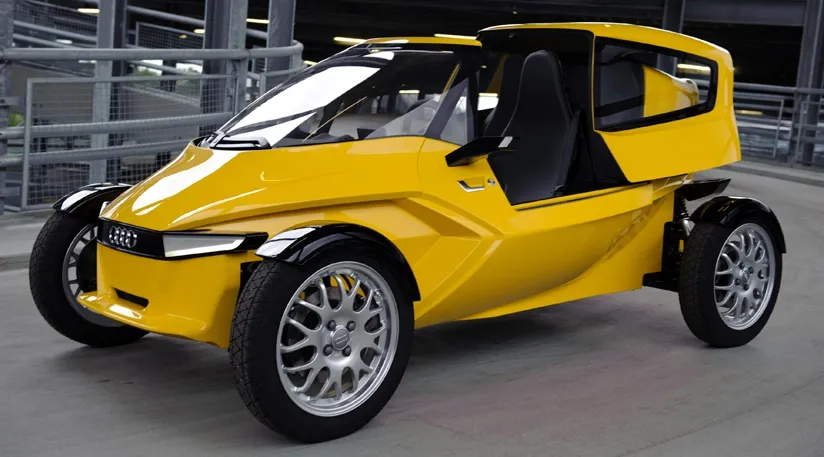
Audi urban concept prototype first drive • via CAR Magazine
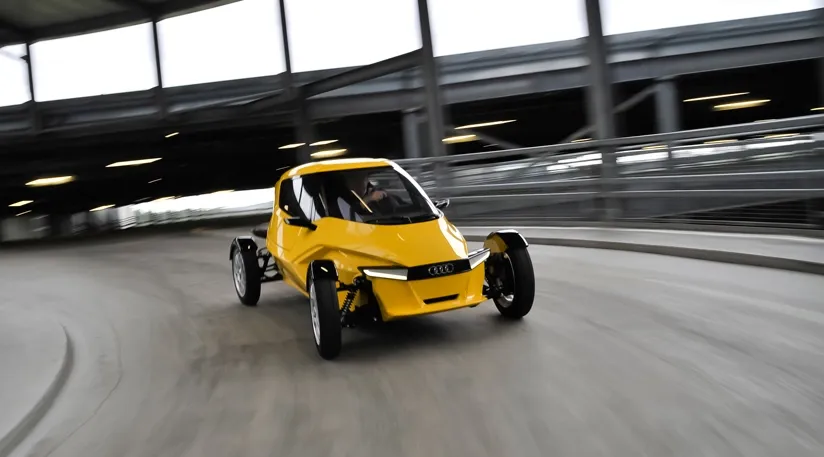
I’m not even mad. Nobody killed the urban concept, because we all did.
Consider Mercedes-Benz' Tridion-headed stepchild, smart: product cycles of innovative small cars that too few understood, and that were often uncompetitive against used cars that offered better value, performance, and practicality.
Or the oh-so-revolutionary BMW i3, which, on its 9th birthday, was served a terminal diagnosis. The disease? Being unwanted.
Meanwhile, in the years since 2011, Audi has competed at the Dakar Rally in an all-electric open-wheel buggy. It fielded a Formula E team, with an open-wheeled electric car. Audi partnered with Ken Block to build (and hoon) a rally-inspired EV. And that fat E-Tron SUV was sampled by auto writers at one of the most lauded of American peaks: Pikes.
Hey, marketing wants what it wants.
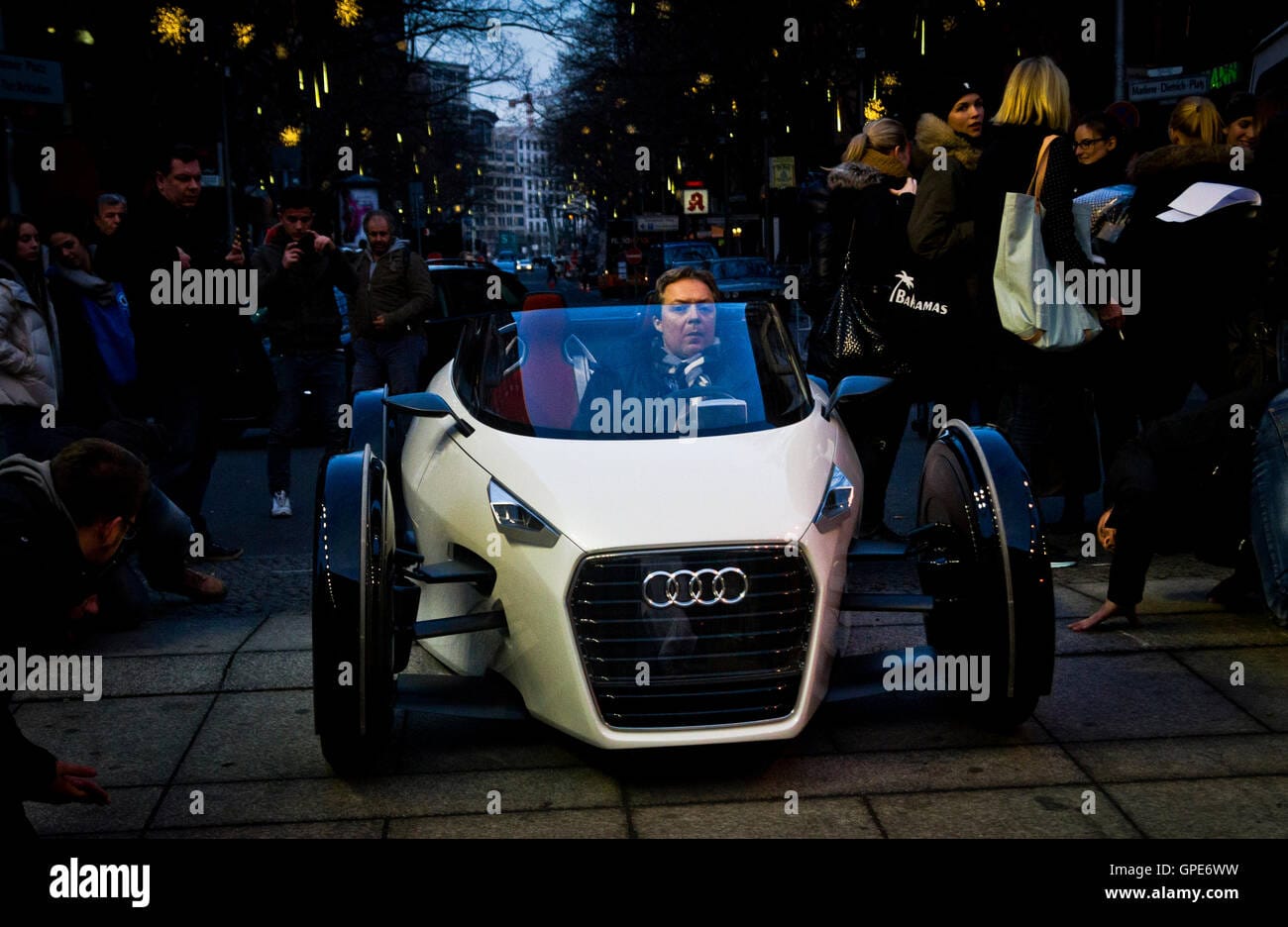
By contrast, the urban concept was last seen driving to a show in Potsdam in 2014. And after being shown, static, at Goodwood FOS in 2012, the nicest finished prototype (grey) is sitting stationary behind thin rope at FAHRZEUGMUSEUM FICHTELBERG (German Car Museum Fichtelberg, in Germany).
No ill will implied to the urban concept’s caretakers, rather that my increasingly small-c car guy logic longs for a glimpse at a world that embraces the small urban EV…with a buggy-like sports model leading the charge.
In 2023, when Lucy Block drove up Pikes Peak in honour of her late husband Ken, who had been an Audi ambassador, it was behind the wheel of an electric Sierra buggy — itself a clear descendent of the crosskart.
Coulda, woulda, shoulda been an Audi.
^ Queued up at Lucy's section of the video • via Sierra on YouTube
READ NEXT: CAR Magazine's first drive of an Audi urban concept prototype in 2011. It got ⭐️⭐️⭐️⭐️⭐️
"There is no doubt about it: at long last, here comes a new Audi which does not try to impress with the size of its grille or through the intensity of its LED day running lights. Instead, this conceptual mould-breaker is potentially more meaningful to the e-tron movement than the plug-in R8." – CAR Magazine, 2011

